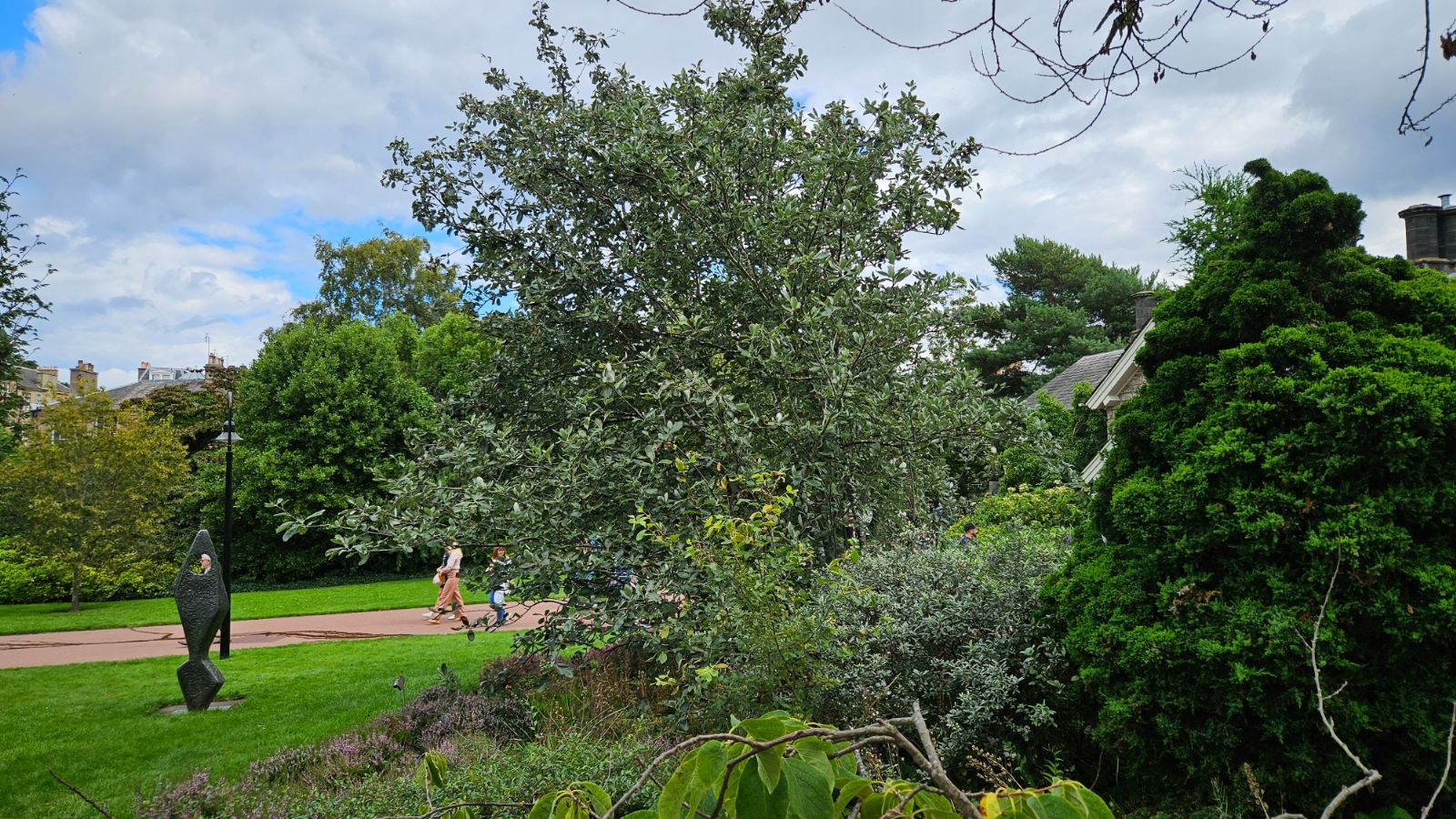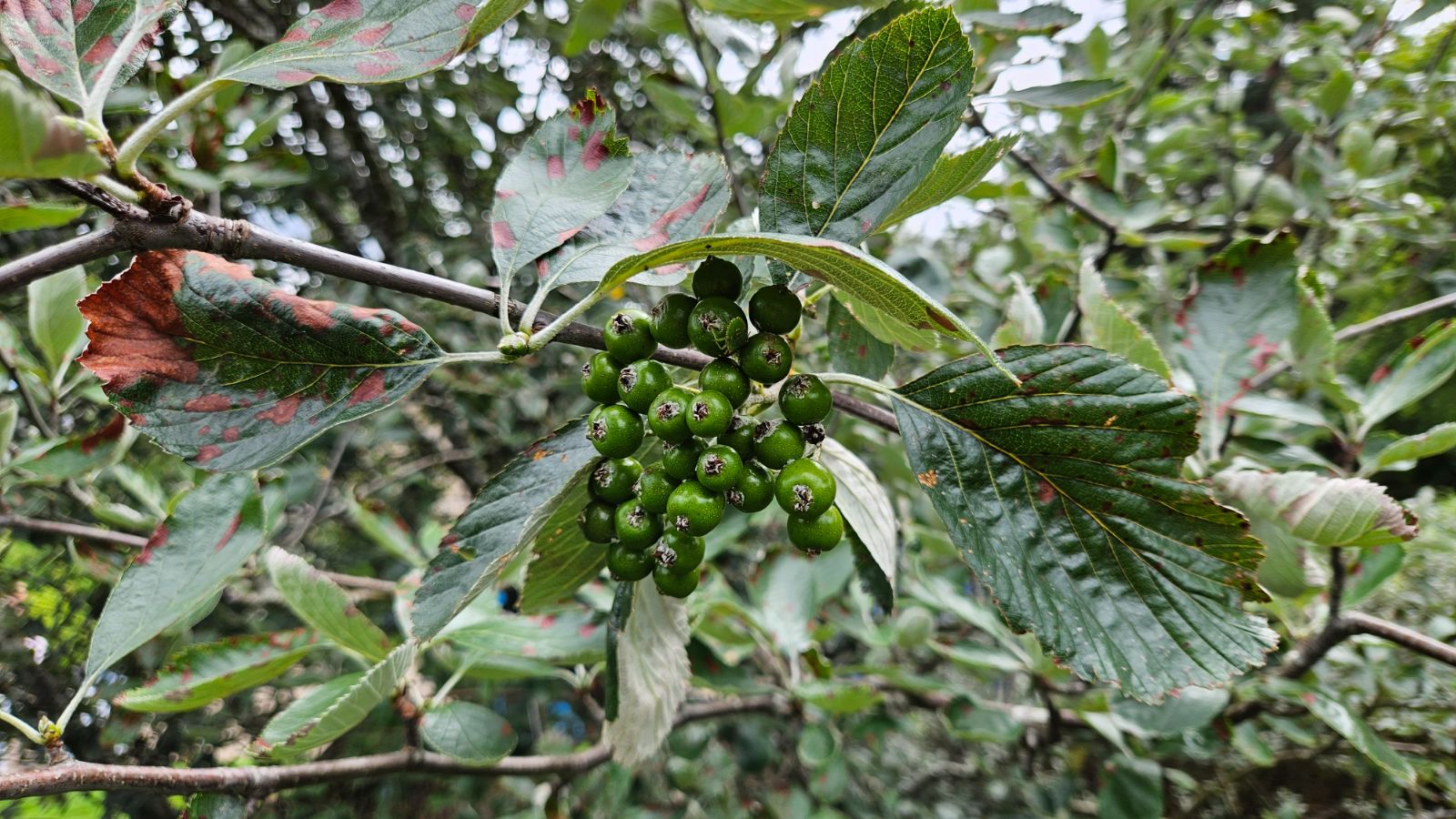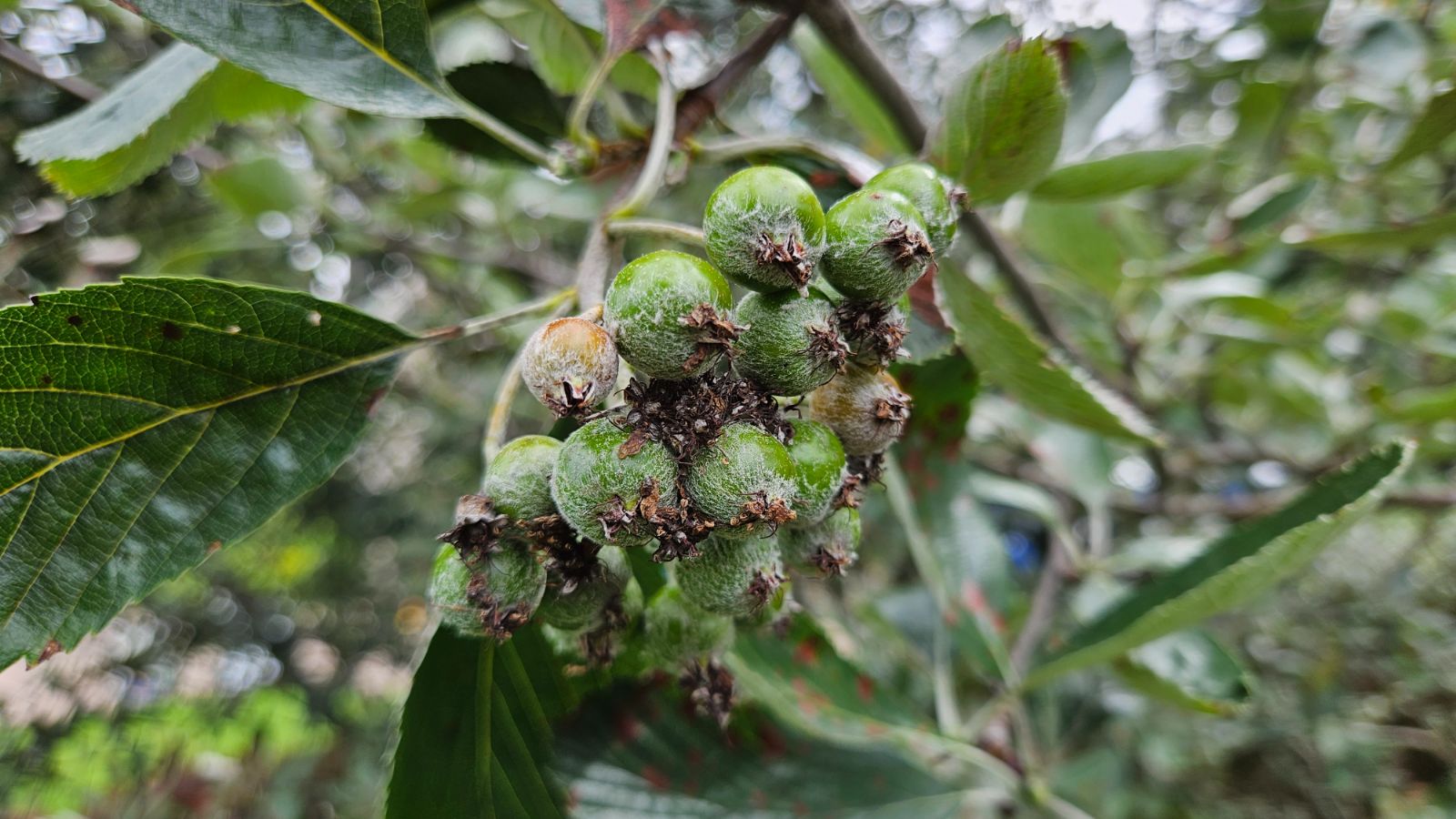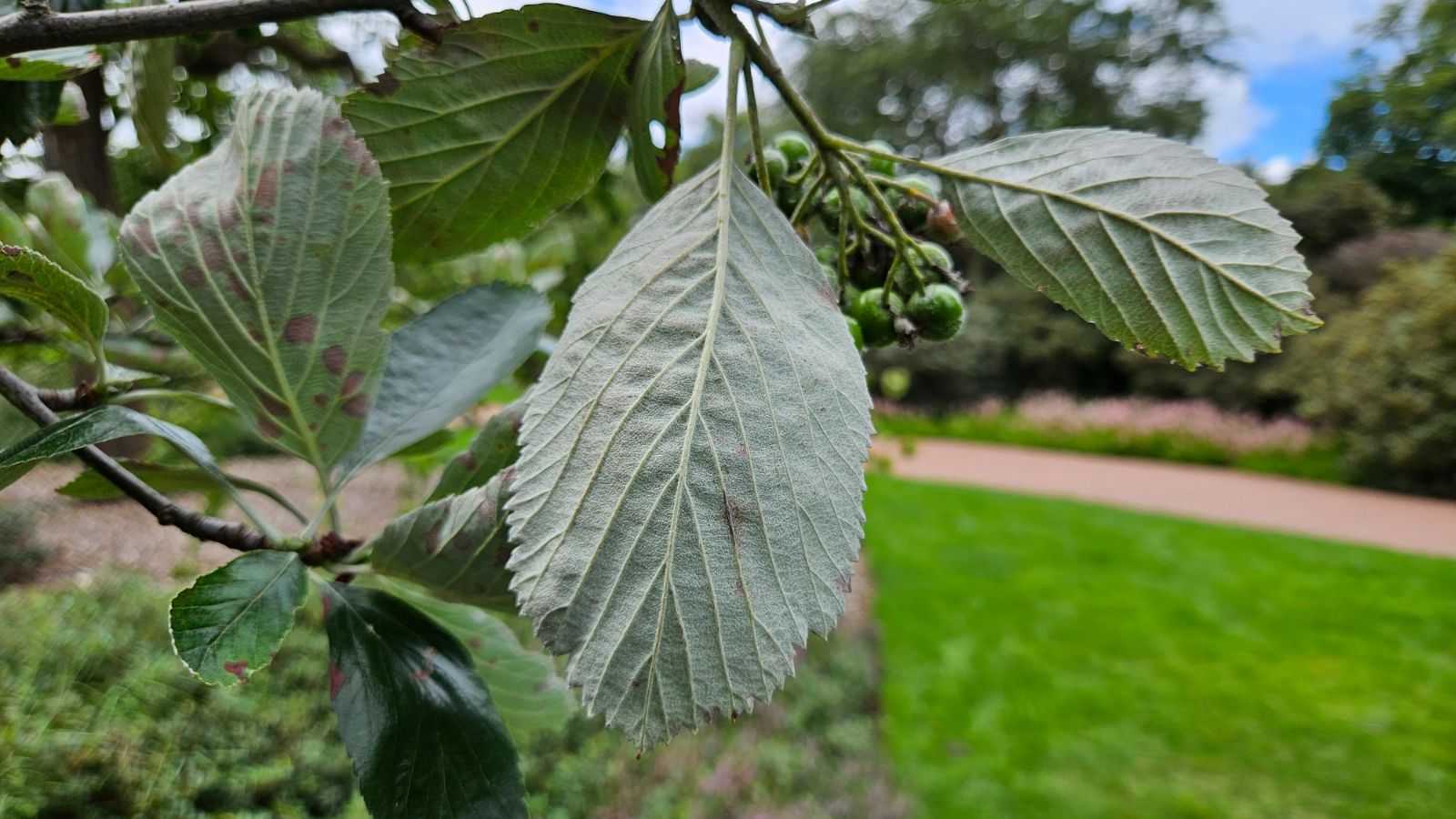Aria rupicola
Credits
New article for Trees and Shrubs Online.
Recommended citation
'Aria rupicola' from the website Trees and Shrubs Online (treesandshrubsonline.
Genus
Synonyms
- Pyrus aria subsp. rupicola Syme
- Pyrus aria proles salicifolia (Myrin) Asch. & Graebn.
- Pyrus rupicola (Syme) Bab.
- Sorbus aria subsp. salicifolia (Myrin) Hedl.
- Sorbus aria var. salicifolia Myrin
- Sorbus rupicola (Syme) Hedl.
- Sorbus salicifolia (Myrin) Prain
- Sorbus scandica subsp. rupicola (Syme) Nyman
Editorial Note
Bean (1981) discussed this taxon under the name Sorbus rupicola in a footnote to his article on Sorbus umbellata (now Aria umbellata); see below. We have created this hybrid article – Bean’s text under the correct modern name, with appropriate synonymy – whilst we await sponsorship to enable a full revision of this genus to be written. We are re-organising the Sorbus sensu lato articles in this way to enable a new revision of Sorbus sensu stricto to commence in 2023, and to bring the nomenclature of this complex group of plants up to date in line with modern treatments.
TC, September 2023.
This species is not cultivated for ornament to any extent but deserves mention as a native of the British Isles (it also occurs in Scandinavia and Estonia). It is similar to S. graeca, but the fruits are more lenticellate and the teeth of the leaves are curved on their outer margin, pointing forward towards the apex of the leaf, whereas in S. graeca they point more or less in the same line as the lateral ribs (Warburg). Also S. rupicola is apparently always tetraploid and apomictic, while S. graeca is said to be mainly diploid and to reproduce sexually. In the British Isles S. rupicola occurs locally in rocky and often inaccessible places, usually on limestone, in Devon, Wales, the Pennines, Scotland and parts of Ireland.




